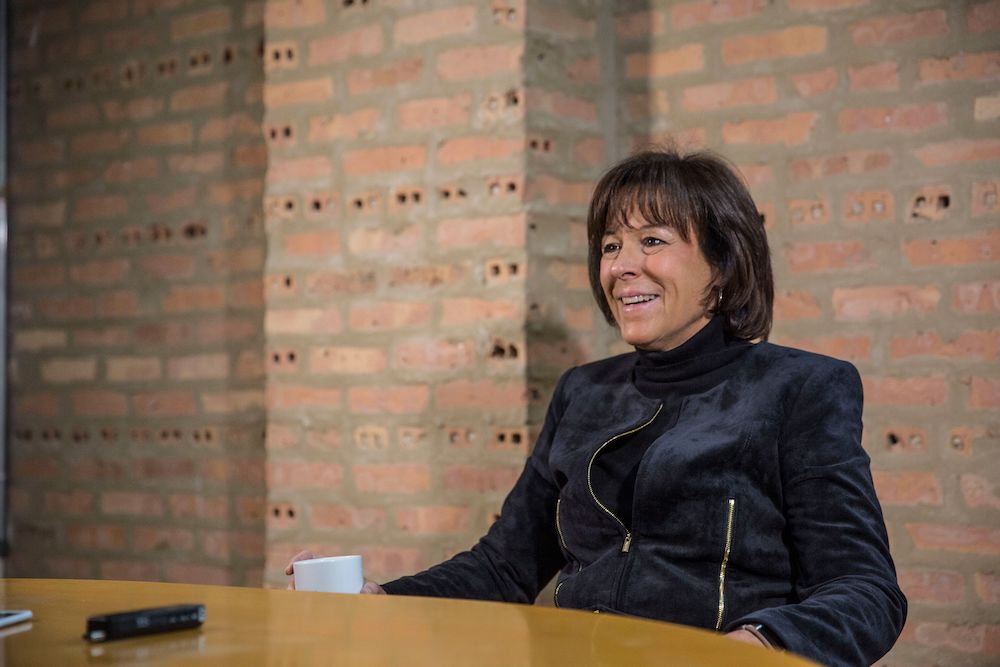Covid-19 is forcing senior living providers to reassess their strategic planning, and many are not waiting for the pandemic to subside to adapt.
Notably, large nonprofit providers such as Asbury Communities and Covenant Living Communities & Services are learning to be more nimble with their strategic plans, prioritizing a handful of improvements that can be implemented across multiple communities rather than complete overhauls of one or two campuses. And some operators are shortening previously established strategic plans and working on new ones.
Meanwhile, affiliations and partnerships intended to build scale and diversify service lines — two trends that gained significant momentum in 2019 — will play roles in future strategic planning, leaders from Asbury and Covenant said Tuesday during the 2020 LeadingAge Annual Meeting Virtual Experience.
Pandemic creates urgency
Already, Covid-19 is forcing some providers to cut short existing plans and reconsider their paths forward, Asbury Communities President and CEO Doug Leidig said. Frederick, Maryland-based Asbury operates a portfolio of eight communities.
The organization’s current strategic plan was slated to run through 2022, but leaders realized that they needed to have flexibility for extreme circumstances. The current plan will run through 2021, and Asbury is now in the process of formulating a new strategic plan starting in 2022, which will run no longer than three years.
“[Covid-19] has amplified our need to run faster and become more agile, especially around our strategy,” he said.
Asbury is not entering this new planning process alone. The provider brought on board strategic partners such as architecture and design firm THW to create a “master repositioning” strategy that can be completed in as little as 90 days, as opposed to the two-year timetable of previous strategic planning sessions.
Asbury is also gathering input from residents and associates, creating a multidisciplinary group to pore over the details of the upcoming master plan, which will highlight and address immediate needs across its portfolio to remain strategically viable, as well as competitive, in their markets.
This is already paying dividends in how Asbury will allocate money for future capital expenditures. Instead of taking a pool of money and spreading it across multiple projects at a handful of communities, the planning team identified three to four primary projects across the portfolio to invest in, and get a better overall return on investment.
Leidig credits the pandemic for creating a sense of urgency.
“If we waited until Covid-19 was over and we thought it was safe again, we would be very far behind as an organization,” he said. “We would not be serving our mission well, nor our residents or our associates.”
Covenant Living also enlisted THW in reassessing its strategic plan, President and CEO Terri Cunliffe said. The Skokie, Illinois-based provider, which ranks eighth on the LZ 200 with 18 communities, believed that it could allocate its capital expenditures into one or two priority projects.
Instead, THW graded Covenant’s entire portfolio, highlighting areas for improvement. The new information changed how Covenant would allocate its CapEx. For example, instead of focusing on common amenity improvements in its assisted living and skilled nursing wings, it earmarked CapEx to updating resident rooms, including new furniture and window treatments. The process started before the pandemic hit, and Covenant will complete it soon, as another wave of infections is gripping the country.
“We really wanted to change the resident experience in the place that they live,” she said.
Embracing partnerships
The nonprofit senior housing sector has embraced partnerships with outside firms in recent years, notably to launch new home care and community-based services, a trend on display in the 17th annual LZ 200 list of nonprofit providers from industry association LeadingAge and investment bank Ziegler.
Roughly half of the entrants on the LZ 200 have some form of HCBS platform, and the larger networks such as Asbury Communities and Covenant Living are leading the charge. The nonprofit space has recognized that finding the right partners can drive growth and minimize risk, Cunliffe said.
“We have become a much more efficient and a much better organization by identifying people who do what they do way better than us. And they made us better as a result of it,” she said.
Covenant entertains partnerships and affiliations where appropriate, and is looking at ways to leverage what it does best and bring those services to seniors outside of its campuses.
“Every organization has strengths. I think it’s important for us to take a look at what we do best and explore the opportunity of how we can deploy that in a bigger way,” she said.
Asbury has some experience in this regard. In January, the provider affiliated with Albright Care Services, a Lewiston, Pennsylvania-based provider that had a diversified service portfolio including pharmacy and adult day care services. The affiliation has continued throughout the pandemic, and some aspects of it have accelerated as a result of the outbreak.
Leidig believes that providers need to continue executing on their strategic planning as it is unknown when the virus will eventually be defeated — a process that may be years away, even with recent positive news of a possible vaccine on the horizon.
“We have not put anything on hold. We’ve actually accelerated in certain areas in order to assure that we come out of Covid-19 in a very strong position moving forward,” he said.
Companies featured in this article:
Asbury Communities, Covenant Living Communities and Services


